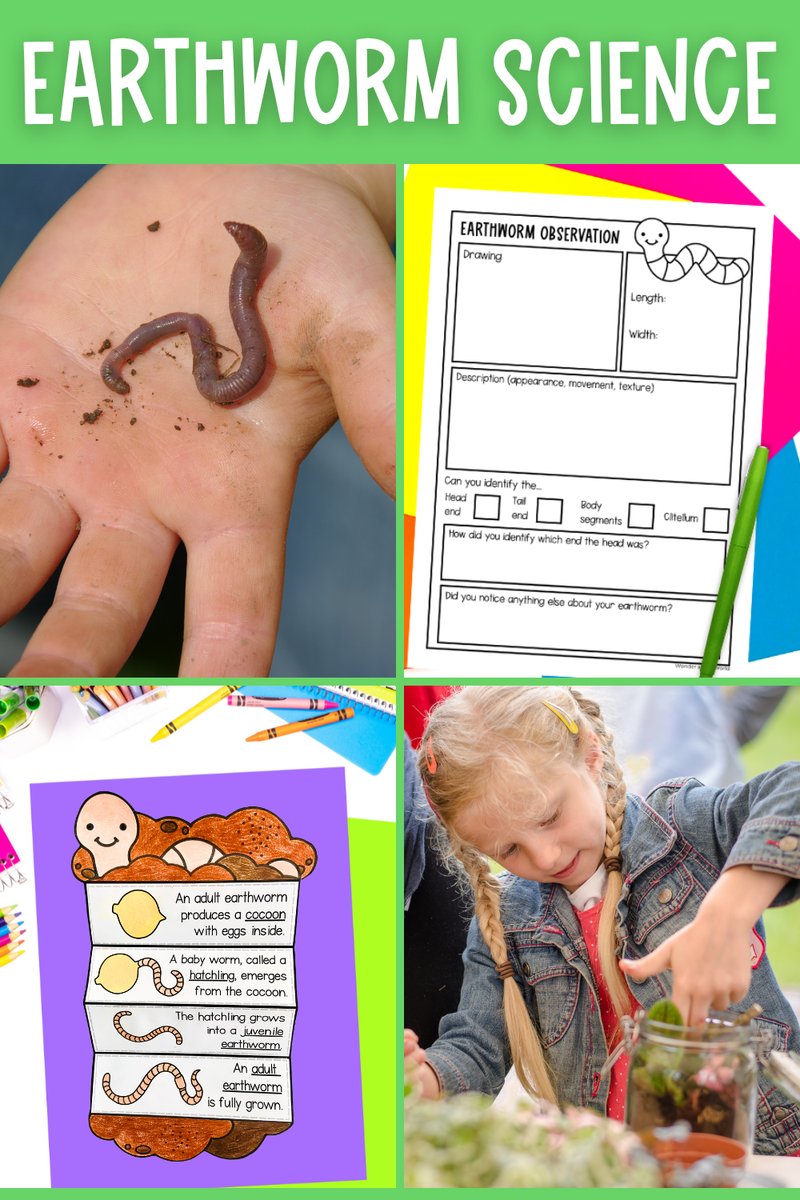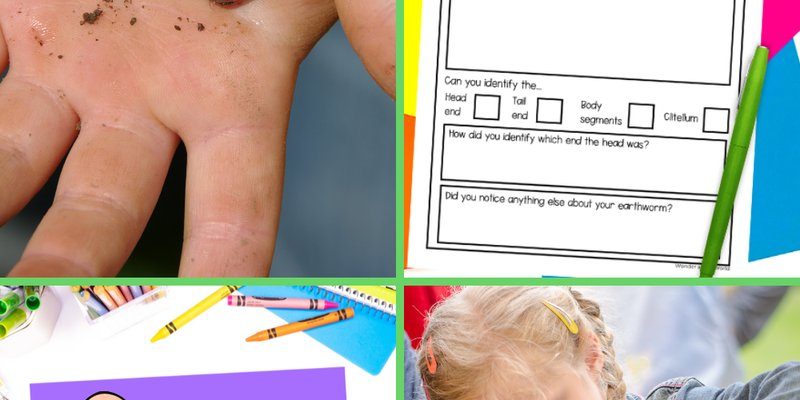
So, how do you make learning about earthworms fun and engaging for kids? Here’s the thing: it’s all about interactive experiences. You could use hands-on activities, creative crafts, and even a little storytelling to spark their curiosity. These lessons will not only captivate their attention but will also help them understand the important roles that earthworms play in our environment. Let’s dive into some fun lesson ideas that will make your teachings about earthworms both educational and enjoyable!
Why Earthworms Are Important
Before jumping into activities, it’s crucial to explain why earthworms matter. You might be wondering, “What’s the big deal about these wriggly creatures?” Well, earthworms are nature’s little heroes. They aerate the soil by burrowing through it, allowing air and water to reach plant roots. This process not only helps plants grow better but also prevents soil erosion.
Additionally, earthworms break down organic matter, like fallen leaves and dead plants, turning them into rich, nutrient-filled compost. This decomposing action enriches the soil, making it healthier for future plant life. Plus, earthworms serve as food for various animals, creating a balance in the ecosystem. Teaching kids that earthworms are vital for overall environmental health provides a great foundation for understanding ecology.
Hands-On Activities to Show Importance
Engaging kids in hands-on activities can make these concepts stick. One fun way is to create a “worm farm” in a simple container filled with soil and kitchen scraps. Kids can observe how worms transform waste into compost over time. This visual representation helps solidify their understanding of the earthworm’s role in soil health.
Another activity is to take them outdoors for a nature walk. Equip them with small shovels and magnifying glasses to search for earthworms in the soil. As they dig, encourage them to look closely and note the differences in soil layers.
Fun Facts About Earthworms
Kids love fun facts! Sharing quirky bits of information can pique their interest even more. For instance, did you know that an earthworm has five hearts? Or that they can regenerate lost segments? Throw in some crazy features, like how earthworms breathe through their skin, and you’ll have the kids hooked.
Ask them questions about what they think the world would look like without earthworms. This encourages creative thinking and discussion. You can also create a fun trivia game where kids can test each other on their newfound knowledge.
Crafting with Earthworms
Creativity goes a long way in making learning memorable. After discussing earthworm facts, you can incorporate a craft that highlights these fascinating creatures. One idea is to have kids create a paper plate worm habitat. Provide them with materials like colored paper, crayons, and stickers to design their version of a worm’s underground home.
You could also have them make “worm puppets” using socks or paper bags. This not only teaches them about earthworms but allows them to engage in imaginative play, acting out what earthworms might experience in their habitat.
Earthworms and the Environment
Understanding the connection between earthworms and the environment is crucial. Earthworms help decompose organic materials, turning them into nutrient-rich soil. This process is essential for plant growth and, in turn, helps supply us with food.
You can teach kids about the food web and how earthworms fit into it. They are a source of food for birds and other animals, making them a key part of many ecosystems. Discussing this interconnectedness can help children appreciate how each creature, big or small, contributes to the balance of nature.
Experiments to Demonstrate Soil Health
A great way to involve kids in this lesson is through simple experiments that demonstrate the impact of earthworms on soil health. One idea is to compare two pots of soil—one with earthworms and one without. Plant seeds in both pots and observe which seeds sprout faster or grow better.
You can also have kids conduct a “worm race” by placing earthworms on different surfaces (like soil, grass, and sand) to see where they prefer to burrow. It’s a fun way to teach them about the earthworm’s habitat preferences while fostering hands-on learning.
Reading Books About Earthworms
Reading books about earthworms can be both educational and fun! There are many great children’s books available that introduce kids to earthworms through storytelling. One popular option is “Wiggling Worms at Work” by Wendy Pfeffer, which provides a great look at how earthworms help the environment through their actions.
Pair storytime with discussion. After reading, ask questions that encourage kids to think critically, like “Why do you think earthworms are so important to plants?” This will help solidify their understanding while also developing their thinking skills.
Combining Lessons with Technology
In our digital age, incorporating technology can enhance learning experiences. For instance, you can find educational videos that show earthworms in action—digging through soil and breaking down organic matter. Watching these processes can make the concepts more concrete for kids.
You might also introduce them to interactive websites or apps that feature games related to earthworms and soil ecosystems. These platforms can provide a fun, gamified learning experience. Just ensure that the content is age-appropriate and aligns with their learning goals.
Field Trips for Earthworm Exploration
Nothing beats hands-on learning in the great outdoors. Organizing a field trip to a local nature center or botanical garden can be an exciting way for kids to experience earthworms in their natural habitat. Many of these places have educational programs that focus on soil health and the role of earthworms in gardens.
Encourage kids to observe earthworms in the wild and discuss what they learn during the trip. This real-world experience can be very impactful, making the lessons more memorable.
Creating an Earthworm Club
If your group shows a strong interest in earthworms, consider starting an “Earthworm Club.” This could involve regular meetings where kids share their findings, conduct experiments, and even participate in community gardening initiatives.
By engaging them in ongoing discussions about soil health and gardening, you’re not just teaching them about earthworms but also instilling a sense of responsibility toward the environment. Plus, it fosters teamwork and collaboration among peers.
Teaching kids about earthworms can be a delightful experience filled with fun activities and lessons. Whether through hands-on experiments, engaging crafts, or outdoor explorations, the key is to make it interactive and enjoyable. By focusing on the importance of earthworms in the ecosystem, providing fun facts, and incorporating creative learning methods, you create a rich educational experience that resonates with children.
So, the next time you see an earthworm, remember it’s not just a squiggly creature; it’s a gateway to understanding our environment. With a little creativity and enthusiasm, you can inspire a lifelong curiosity in kids about the wonders of nature. Happy teaching!

